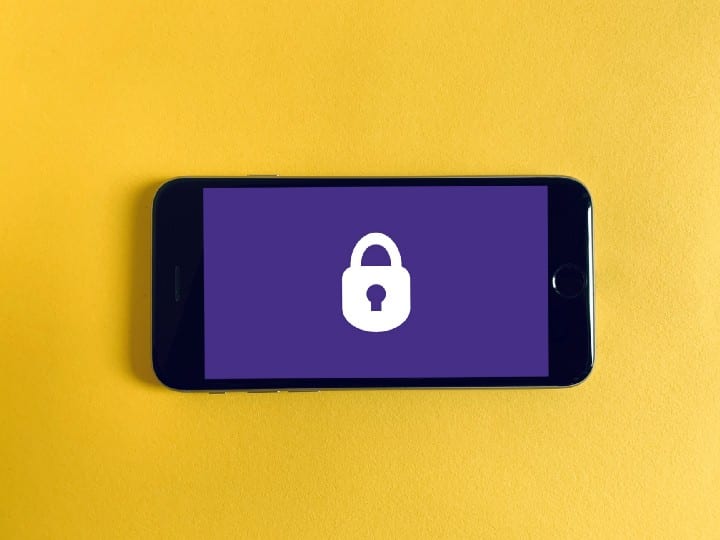Photo by Franck on Unsplash
That article is part of Devsletter and you can check other articles here.
As software developers, we often need to communicate and share sensitive information with our colleagues and clients. But in today’s digital age, where cyber threats are prevalent and data breaches are commonplace, it’s more important than ever to ensure the security and privacy of our communications. This is where GPG, or Gnu Privacy Guard, comes in.
GPG is a free and open-source tool that allows developers to encrypt and sign their communications and files, ensuring that only the intended recipient can read them and that the message is authentic. In this article, we’ll explore the key features of GPG, how it works, and why every developer should be using it.
GPG’s Key Features
- Confidentiality: GPG allows you to encrypt your emails, chats, and files, ensuring that only the intended recipient can read them. This is especially important when working on sensitive projects or sharing confidential information.
- Integrity and authenticity: GPG also allows you to sign your communications and files, which serves as proof of their authenticity. This means that recipients can be sure that the message they received is from you and that it hasn’t been tampered with.
- Widely supported: GPG is supported by a wide range of software, including email clients, chat apps, and file management tools. This makes it easy to integrate GPG into your existing workflow.
- Open-source: GPG is open-source software, meaning its codebase can be audited by anyone and can be modified to fit the user’s needs. This ensures the software is transparent, reliable, and trustworthy.
How GPG Works
GPG uses a system of public and private keys. When you create a key pair, you’ll have a public key and a private key. You can share your public key with others, while your private key should be kept secure.
To encrypt a message, you’ll need the public key of the person you’re sending the message to. The message will be encrypted using this public key, and only the person with the corresponding private key can decrypt and read the message.
To sign a message, you’ll use your own private key. This serves as proof of the authenticity of the message and ensures that the message hasn’t been tampered with.
To verify the signature of a message, you’ll need the public key of the person who signed the message. And to decrypt a message, you’ll need your own private key.
Why Every Developer Should Be Using GPG
- GPG ensures the confidentiality of your communications. By encrypting your emails, chats, and files, GPG ensures that only the intended recipient can read them. This is especially important when working on sensitive projects or sharing confidential information.
- GPG provides integrity and authenticity. GPG allows you to sign your communications and files, which serves as proof of their authenticity. This means that recipients can be sure that the message they received is from you and that it hasn’t been tampered with.
- GPG is widely supported. GPG is supported by a wide range of software, including email clients, chat apps, and file management tools. This makes it easy to integrate GPG into your existing workflow.
- GPG is open-source. Being open-source software, GPG’s codebase can be audited by anyone and can be modified to fit the user’s needs. This ensures the software is transparent, reliable, and trustworthy.
How to Use GPG
- Install GPG: The first step is to install GPG on your computer. You can download the software from the GnuPG website.
- Create a key pair: Once GPG is installed, you’ll need to create a key pair. This can be done by running the command “gpg — gen-key” in the terminal. This will generate a public key and a private key. You can share your public key with others, while your private key should be kept secure.
- Encrypt and sign your communications: To encrypt a message or file, you’ll need the public key of the person you’re sending the message to. You can encrypt a file by running the command “gpg -e -r [recipient’s email] [file name]” in the terminal. To sign a message, you’ll use your own private key by running the command “gpg -s [file name]”.
- Verify signatures and decrypt messages: To verify the signature of a message, you’ll need the public key of the person who signed the message. You can verify the signature by running the command “gpg — verify [signed file name]” in the terminal. To decrypt a message, you’ll need your own private key. You can decrypt a file by running the command “gpg -d [encrypted file name]” in the terminal.
Example:
Suppose you are working in a team of developers on a project and you need to share some sensitive information like credentials. To do this securely, you can use GPG to encrypt the files before sending it to the team members.
- Generate the public and private keys for the team members.
- Encrypt the files using the public key of the team members.
- Share the files with the team members.
- Team members can decrypt the files using their private key.
In conclusion, GPG is an essential tool for every developer to ensure the security and privacy of their communications. It’s easy to use, widely supported, and open-source, making it a great choice for anyone looking to protect their data in today’s digital age. By mastering GPG, you’ll be able to communicate and share sensitive information with confidence, knowing that your data is secure.
That article is part of Devsletter and you can check other articles here.







Top comments (0)